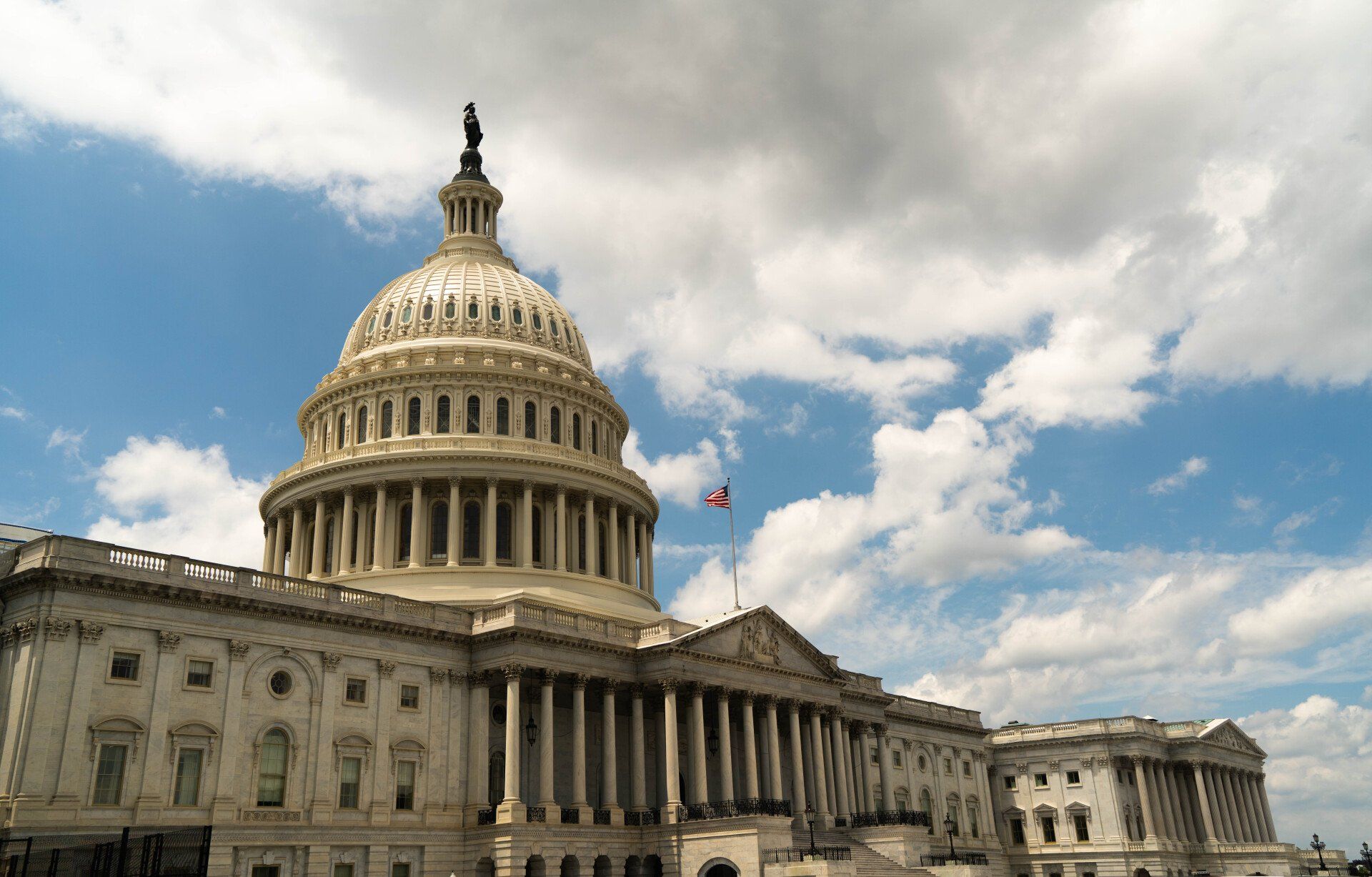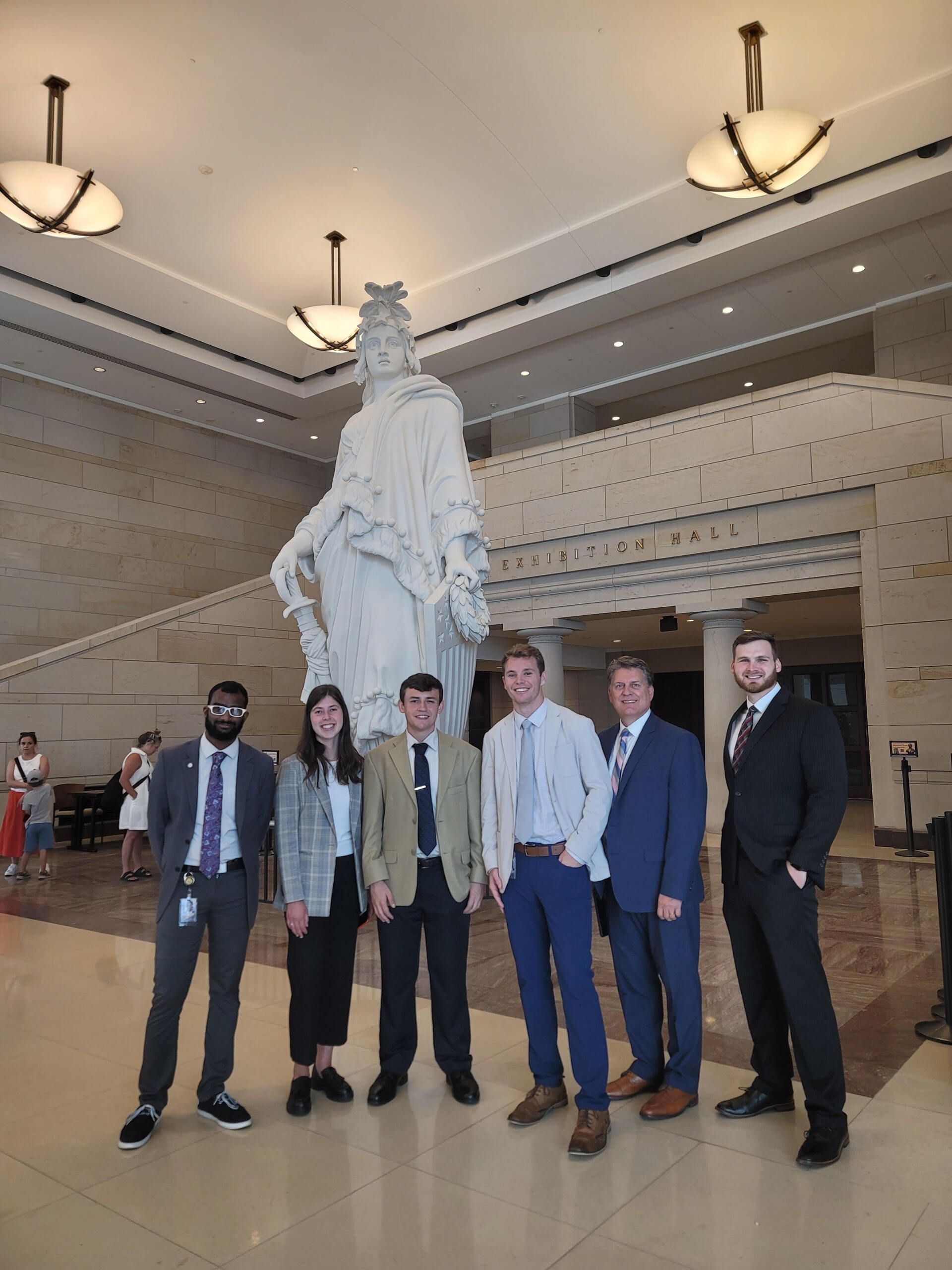Advanced Appropriations: Congressional Multi-year Funding Techniques
The last session of the U.S. Congress witnessed an unusual number of funding techniques designed to appropriate money for federal agencies and programs well beyond the typical one-year allocations. Whether this phenomenon resulted from Democratic priorities in both the House and Senate remains to be seen. It is also unclear if it will continue under Republican House control during the 1st Session of the 118th Congress. Most professionals and groups, both foreign and domestic, targeting U.S. Congressional funding actions, avoid reviewing multi-year allocations and often do not take into consideration the benefits that federal agencies gain from making programmatic or political funding decisions based on large sums of future money in their budgets. One bill that passed Congress and was signed into public law, the "Infrastructure Investment and Jobs Appropriations Act," allocated over $197 billion in advanced funding for federal agencies from Fiscal Year (FY) 23-26, providing money for three future fiscal years. The Department of the Interior, for example, was allotted over $1.6 billion each FY from 2024, 2025, and 2026 for "water and related resources," which will have an immense impact on department staff who will have these funds available for dispensing in addition to their annual appropriations budget requests to Congress for these future years.
Advanced Appropriations
One key technique used effectively in legislation by both the House and the Senate last year was called "Advanced Appropriations." Congress passed bills that included funding not just for the fiscal year being considered, but also for longer periods, in some cases up to five years into the future. The following are examples of selected future funding provisions found within the "Consolidated Appropriations Act":
• For the Department of Transportation, Federal Aviation Administration, airports, and terminal facilities, funds were allocated from FY24 to 27, the latter being available by the FAA until September 30, 2027.
• For the Department of Justice, state and local law enforcement and crime prevention programs, one major category was a "Safer Communities program," funded with a total of $1.6 billion from FY23 to FY26.
• For the Department of Housing and Urban Development's "Homeless Assistance Grants," the bill funded $3.6 billion "...to remain available until September 30th, 2026."
• The most extreme example of multi-year funding in this bill provided the Department of Agriculture with $100 million "...to remain available until September 30, 2031, for administrative costs." This funding extends eight fiscal years into the future.
The following multi-year funding techniques appeared last year in other than appropriations legislation:
• Public Law 117-167, which included the "CHIPs Act," provided funding for a robust and domestic semiconductor manufacturing initiative. It granted $31 billion to the Department of Commerce for FY22 and 23, extending to $46.3 billion in FY24, $6.1 billion in FY25, and $6.8 billion in FY26. These funds would be in addition to other budget requests made in these future years. In the same bill, the Department of Defense received $400 million for FY23, as well as an additional yearly $400 million for FY24, 25, 26, and 27, granting $1.6 billion over these four future fiscal years to be used by the Secretary of Defense at his discretion. The funds could be "...merged with accounts in the DoD," with the only prohibition being that they could not be used for "...construction of facilities." In the same provision, the Department of State received $100 million for each year from FY 24-27, and the National Science Foundation received $50 million for the same period, allocating an additional sum of over $600 million for four fiscal years into the future.
In Public Law 117-169, the “Inflation Reduction Act,” Section 30001 of a comprehensive bill provided the Department of Defense with $500 million for the implementation of the Defense Production Act (DPA), "...to remain available until September 30, 2024." This allocation, consisting of a single sentence without any restrictions or additional information, is not related to any other subject matter in the bill. It also represents a future allocation for one additional fiscal year beyond the DPA funding in the DoD FY23 appropriations legislation, which falls within the $600 million range.
There are other multi-year funding techniques that professionals and those seeking to influence Congress and the U.S. government in their budget considerations should be aware of and incorporate into their strategy and tactics. For example, when finalizing their annual defense-related funding requests to Congress, most requests included in the detailed budget justification materials fall into "Program Elements" (PEs) with specific line-item numbers and categories within the Services at the Defense-Wide (DW) level, extending over five fiscal years. Therefore, for planning and presentation purposes, recent documents include targeted funding through FY2027. While these are authorizations and not appropriations funding requests, they significantly impact the final DoD Appropriations bill from the House and Senate.
It remains to be seen if these multi-year funding allocations will be included in the Fiscal Year 2024 final appropriations bills during this Session of Congress. They are a critical part of the funding decision-making cycle and can play a significant role in determining the final outcome of funds allocated to programmatic or policy initiatives.




